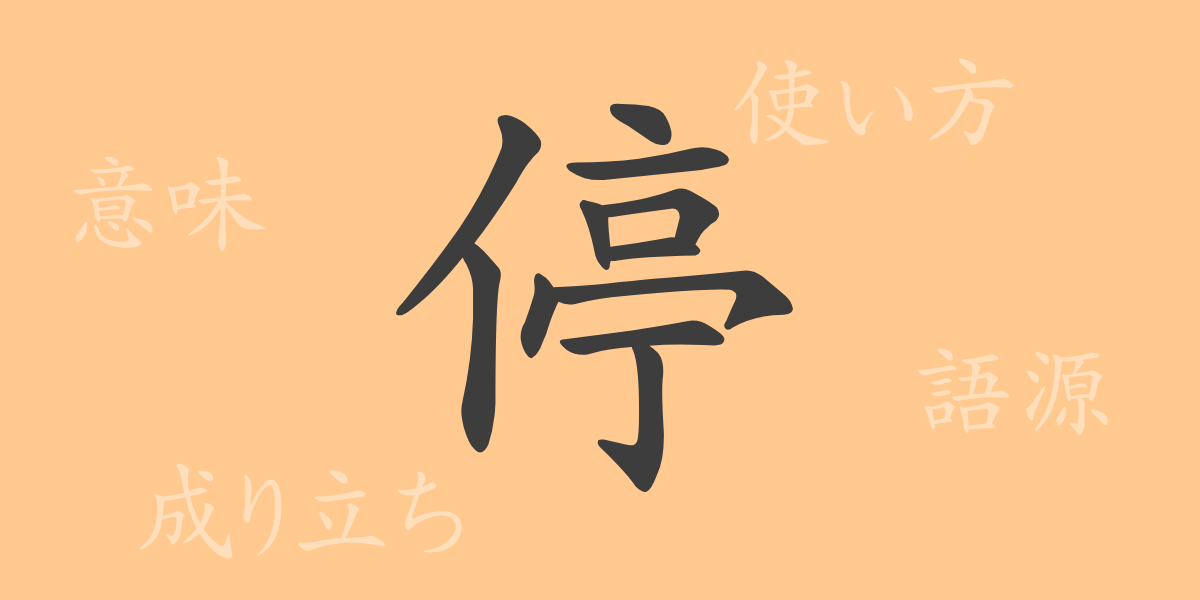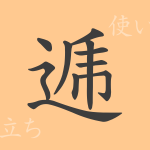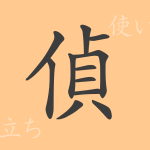Japanese is rich with meaningful kanji, each embedded with deep historical and cultural significance. One such character, ‘停(テイ)’, is integral to many aspects of our daily lives. In this article, we will explore the history, meaning, and role of ‘停’ in Japanese culture, unraveling the stories behind this single character and delving deep into the world of ‘停’.
Origins of ‘停(テイ)’
The kanji ‘停’ has its origins in ancient China, presenting a fascinating history. The component ‘亻(にんべん)’ represents ‘person’, while ‘亭’, originally signifies a ‘tall building’. Thus, ‘停’ depicts a person halting at a tall structure, which evolved to mean ‘to stop’ or ‘to rest’. Understanding these origins enriches our comprehension of the meanings inherent in ‘停’.
Meaning and Usage of ‘停(テイ)’
‘停’ conveys meanings such as ‘to stop’, ‘to pause’, and ‘to temporarily suspend’. In Japanese, it is used in contexts like ‘停車(ていしゃ)’, which means a vehicle stopping at a designated place, and ‘営業停止(えいぎょうていし)’, indicating a temporary halt in operations. The character is frequently employed to signify any temporary cessation of movement, playing a vital role in everyday communication.
Readings, Stroke Count, and Radical of ‘停(テイ)’
Here are some basic details about the kanji ‘停’:
- Readings: On’yomi (Sino-Japanese reading) is ‘テイ’. There are no common kun’yomi (native Japanese readings).
- Stroke Count: ‘停’ consists of 11 strokes.
- Radical: The radical is ‘亻(にんべん)’, associated with human or person.
Phrases, Idioms, and Proverbs Using ‘停(テイ)’
There are many idioms and phrases that include ‘停’. Examples include:
- ‘停学(ていがく)’: Being temporarily suspended from school due to disciplinary reasons.
- ‘停滞(ていたい)’: A state where progress is halted or stagnated.
- ‘停戦(ていせん)’: A temporary cessation of hostilities in warfare.
These phrases reflect the fundamental meaning of ‘stopping’ inherent in ‘停’.
Conclusion on ‘停(テイ)’
Through this article, we have gained a deeper understanding of the diverse meanings, usage, and origins of the kanji ‘停’. Although we often use ‘停’ unconsciously in daily conversation, it carries a rich history and cultural significance behind it. Each kanji like ‘停’ tells its own story, and knowing these can enhance our appreciation of the language’s richness. Our journey to rediscover the depth of Japanese through familiar characters like ‘停’ continues.

























